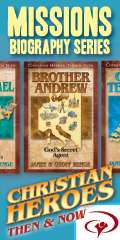Math has always been my weakest subject. I took Advanced Math in high school, but it was VERY challenging. My dad wanted me to be an engineer, so I took classes that would prepare me for that, but when I really thought about it during my Senior year, I realized that I would be a miserable engineer – in all respects of the word “miserable”.
I even made good grades in Math, but the amount of work and time it took, and the level of difficulty and stress it put on me showed me that I would not be happy as an engineer or in any occupation that involved lots of Math.
But enough about me.
What about you?
Are you Math-challenged, too?
What do we do about Math in homeschooling when it is such a difficult subject for us?
I have found some things that have worked for us.
(I am also still searching for good resources for some of my kids because they are all different, and some of them are actually good at Math and enjoy it! 🙂 )
I will share what I have done through the years, and what we are doing now to try to keep Math instruction matched up with what each kid needs.
I teach the basics of counting, 1-to-1 correspondence, addition and subtraction, and such beginning Math concepts, through real-life activities. When a child shows that he understands these concepts I get him his first Math workbook. I get workbooks from Walmart or wherever they sell the School Zone books or other books like that. A new, important concept I have learned about teaching Math is to stress that Math shows us the awesome power of God to hold all things together in the universe so that the operations and Math facts that we have discovered are always true all the time. 1+1 always equals 2, because God holds all things constant, and He keeps even quantities from changing. If you want to learn more about teaching Math biblically, go to Christian Perspective website.
I get workbooks that are right at their level. I don’t try to stretch them because I don’t have the time or energy to try to make them understand something that they’re not ready to learn yet.
I have them go page by page through the book. The books are good at presenting the concepts in a way that my children have been able to understand without any help from me, for the most part.
They work through the books on their own, and I check from time to time to see where they’re at. They know to come to me if they get stuck on something. I check their work every week or every couple of days. The goal is to check it every day and give them feedback right away, but realistically, I don’t get to it every day.
As they get older, I try to get a feel for their Math ability and interest level. I look around for books or online curriculum or computer programs that match the learning style of that child.
In the past, we have used Math-U-See, A Beka (only for Shawn in First and Second Grade because someone gave us the books), Teaching Textbooks, some regular Math books like public schools use, some other software, some Critical Thinking books for my Math lover, and lots of manipulatives. They have also played Math games on the computer like Math Blaster and Clue Finders.
Recently, we have started using Khan Academy online Math classes. It is free, and it has a reward system, and it keeps track of progress, and it does a good job of teaching new concepts. So I have two of my older students working through the Pre-algebra and Algebra courses using Khan Academy.
As you can see, we have used lots of different Math curricula using different teaching styles. We have had some of the books given to us, some of it I won in giveaways online, and a lot of it is not consumable so I can use it for more than one child. We have not really spent too much money on curriculum, in general, through the years, even though we have so many children. The Lord always provides.
I do periodic checks with each child to see where they are, and to make sure that they are making progress and not stuck. I ask them how the program is working for them, if they like it, if it is easy for them to use, if they like the way it teaches, the way it is laid out, etc.
Many times along the way, I have done mini-lessons with a child who is struggling with a particular skill or concept.
The post I wrote about “Teaching Math When It’s Not Your First Language” showed how the Spirit led us to approach Algebra in the case of one of my older children. She learned so much in a short period of time that I was shocked. She learned the basics of Algebra in about an hour. She is proceeding quite well with Khan Academy and has learned higher Math concepts in a quick and easy way. I sit with her sometimes and explain some things while the online teacher is teaching in the video. If she has problems, she comes to me and asks me to do this. She has learned about exponents, in much depth, and is moving on to simplifying radicals, also known as square roots and other roots of numbers.
Now another of my students is using Khan Academy, too. It seems to be working well for both of them.
Another mini-lesson that I wanted to share, so that you can see how the Holy Spirit will lead you even in something as seemingly insignificant or unspiritual as Math, involved teaching about fractions.
My son came to me and said that he was having trouble understanding operations with fractions. He was trying to learn them from his Math-U-See book.
I suddenly thought of the way that a socket set is used for tightening and loosening different sizes of nuts, bolts and other fasteners. They are marked based on the fraction of the 1 inch socket, which is 1 inch in diameter. So we brought the socket set in and looked closely at how they were marked and compared them to each other. We saw the relationships between the sizes of the 3/4″ and the 1/2″ and the 5/8″ and the 7/16″, etc. We looked at how we could add some of them together to equal another fraction.
When I showed him a whole list of equivalent fractions, I saw a light come on.
I wrote 1/2 = 2/4 = 3/6 = 4/8 = 5/10 and then he kept it going on. He continued with 6/12 = 7/14 = 8/16 = 9/18 = 10/20. And he was very excited about it!
Then we did some work with adding and subtracting fractions.
It seemed to be a breakthrough in his understanding of fractions. He learned Fractions in about an hour!
Now they’re not such a mystery to him.
To recap, here are some ways to teach Math to multiple students in an individualized way that capitalizes on their learning styles:
Teach the basics as young ones show readiness.
Make sure to teach them that Math works because God holds the universe together perfectly and consistently, and it’s because of Him that we can quantify and write laws and devise operations and symbols that stand for operations with numbers and they are always true no matter what, throughout the ages.
Get a basic Math book for counting, one-to-one correspondence, beginning addition up to 10 or 12 and either teach subtraction after addition or simultaneously (whatever seems to make sense to the child).
The first book I usually get is a First grade level book.
Match the books or materials to the learning style of each student.
As they get older, let the kids help make the decision and communicate with you about the type of curriculum they like the best and learn from the best.
Teach mini-lessons along the way as needed. Use real-life materials and situations to help him understand a difficult concept or one he’s struggling with.
Stay in touch with them about their progress. Set a goal for how many times a week you intend to check their work. Try to keep them moving along through their book or program. Make sure that they know to come to you if they get stuck.
If you don’t have a good understanding of Math yourself, find something online that will help explain or find a person who could act as a tutor. One of your older children might be able to help with this.
Here are two really good links that show how you can teach Math in real-life ways. Wait until the child really wants or needs to know it.
This is a very interesting TED video:
This is a really good blog post about teaching all the Math a kid will need in 20 hours all together:
http://www.besthomeschooling.org/articles/math_david_albert.html


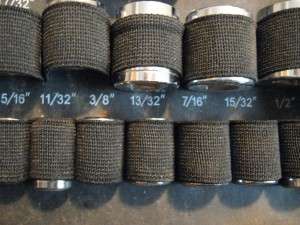
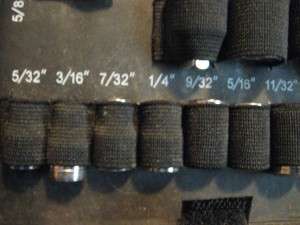

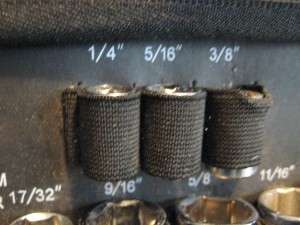
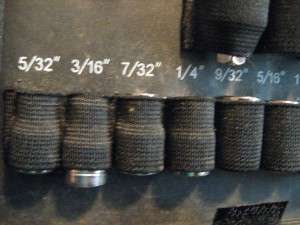






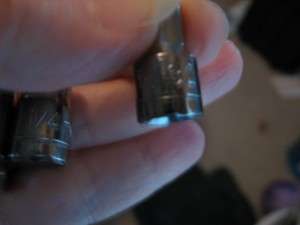







 "Oh that God would give every mother a vision of the glory and splendor of the work that is given to her when a babe is placed in her bosom to be nursed and trained! Could she have but one glimpse in to the future of that life as it reaches on into eternity; could she look into its soul to see its possibilities; could she be made to understand her own personal responsibility for the training of this child, for the development of its life, and for its destiny,--she would see that in all God's world there is no other work so noble and so worthy of her best powers, and she would commit to no other's hands the sacred and holy trust given to her." -JR Miller
"Oh that God would give every mother a vision of the glory and splendor of the work that is given to her when a babe is placed in her bosom to be nursed and trained! Could she have but one glimpse in to the future of that life as it reaches on into eternity; could she look into its soul to see its possibilities; could she be made to understand her own personal responsibility for the training of this child, for the development of its life, and for its destiny,--she would see that in all God's world there is no other work so noble and so worthy of her best powers, and she would commit to no other's hands the sacred and holy trust given to her." -JR Miller






